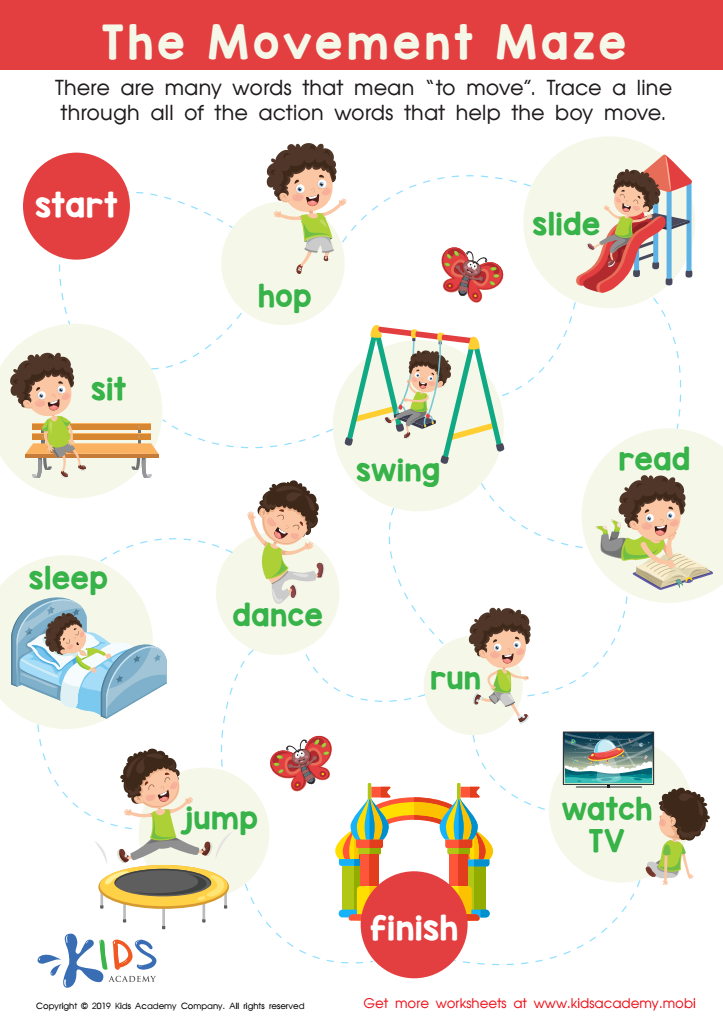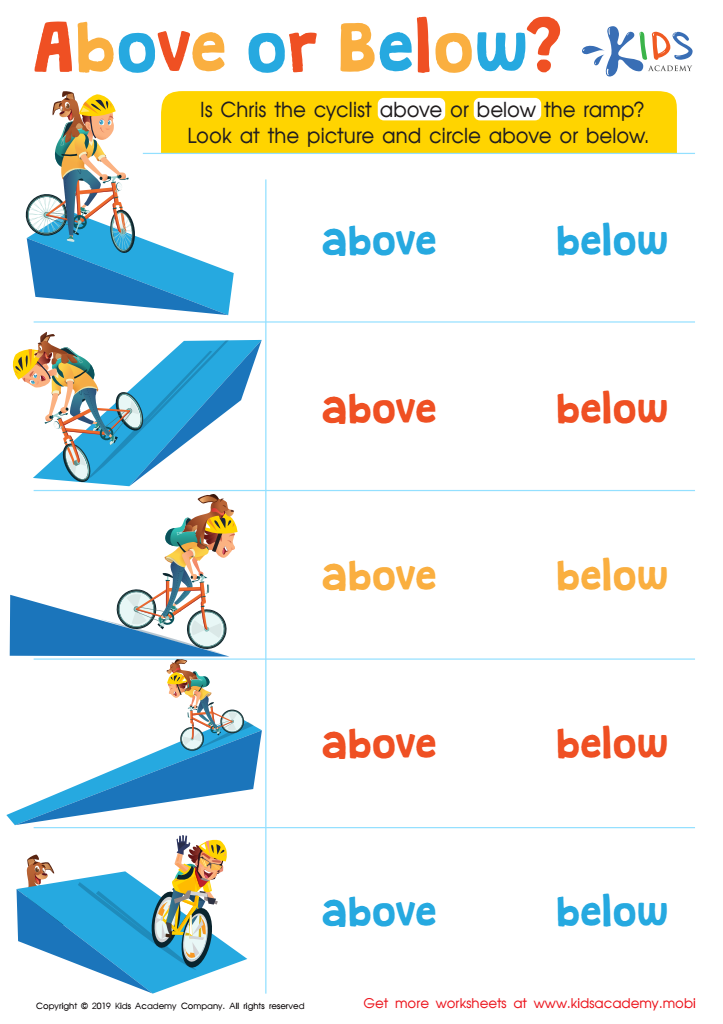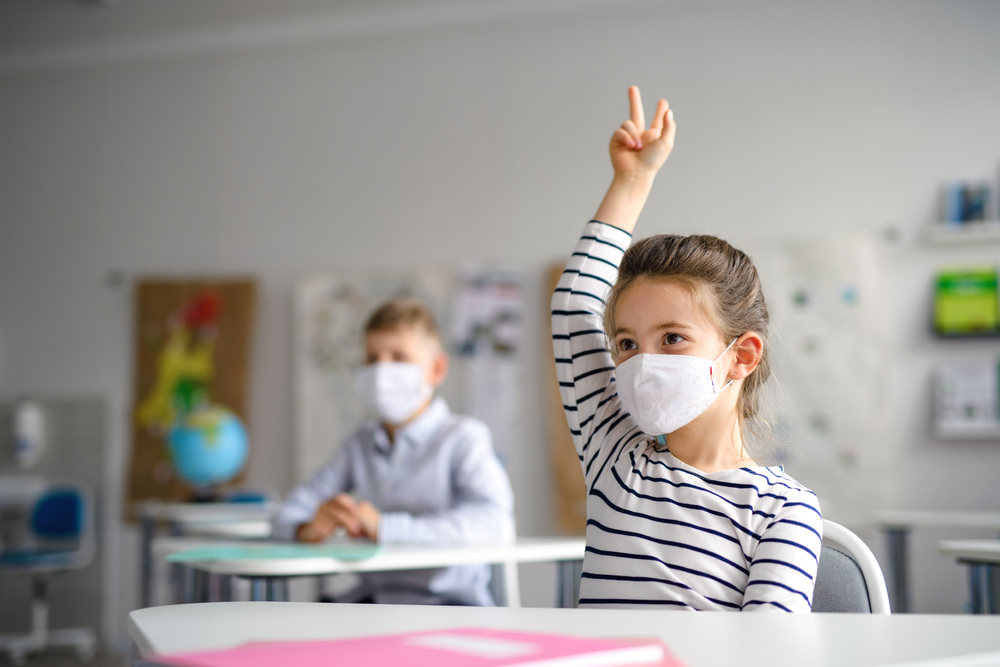Spatial awareness Reading Worksheets for 4-Year-Olds
5 filtered results
-
From - To
Boost your 4-year-old's reading skills and spatial awareness with our engaging worksheets! Designed specifically for young learners, these worksheets incorporate fun activities that help little ones understand objects' positions, directions, and relationships in space. Through interactive exercises, children will enhance their vocabulary while mastering concepts like above, below, next to, and in front of. These resources not only support early literacy development but also promote critical thinking and problem-solving abilities. Ideal for parents or educators seeking to enrich their teaching toolkit, our spatial awareness reading worksheets provide a perfect blend of learning and play. Start your child’s journey of discovery today!


Where Is the Ant? Worksheet


The Movement Maze Worksheet


Cities Worksheet


Fairy Tales Maze Worksheet


Above or Below? Worksheet
Spatial awareness is a crucial cognitive skill that affects a child's ability to understand and interact with the world around them. For 4-year-olds, developing spatial awareness can significantly enhance their reading proficiency and overall learning experiences. By recognizing shapes, sizes, and distances, children improve their ability to visualize information, a fundamental skill in understanding letters, words, and pages.
When parents and teachers focus on spatial awareness through reading activities, they help children build essential skills like memory, problem-solving, and critical thinking. For instance, books that incorporate spatial concepts—like "Where's Waldo?" or pop-up stories—encourage children to think about space and position as they seek or identify elements on the page.
Additionally, spatial awareness aids in language development. Discussing the spatial relationship between objects in children's books enhances vocabulary and comprehension skills. Engaging in storytelling that includes instructions about direction (e.g., “next to,” “under,” “above”) instills a foundational understanding of how language describes spatial concepts.
Ultimately, fostering spatial awareness during early reading lays the groundwork for future learning in areas ranging from math to science, highlighting why parents and teachers should prioritize this essential skill in their educational practices.

 Assign to My Students
Assign to My Students




















